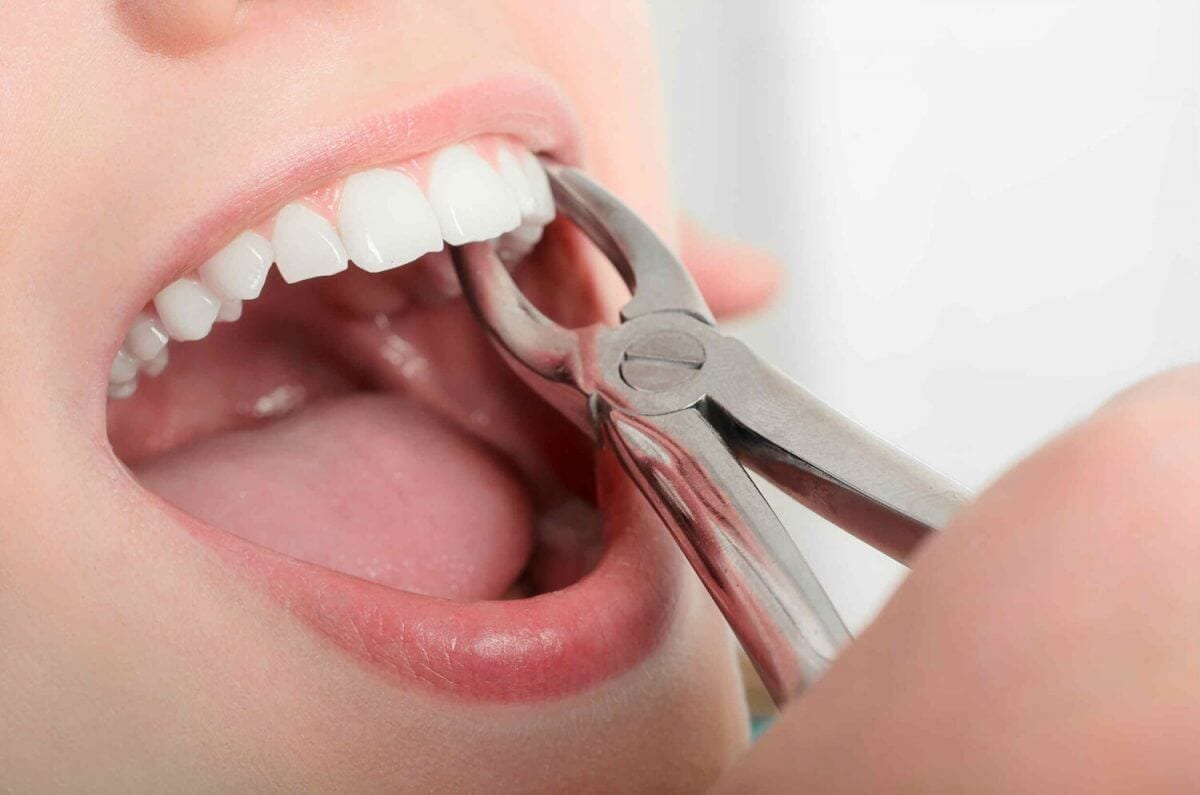Tooth extractions have a scary reputation for many patients, but they are actually a valuable part of a dentist’s options. These safe and effective procedures can address a myriad of problems, even those affecting health in other parts of the body. Whether considering a tooth extraction or getting ready for a Pro Dental Care recommended procedure, get to know the facts behind this modern dental care option.
Reasons For Tooth Extraction
There are a number of reasons that a tooth will need to be pulled. For children, the causes can range from crowded teeth to tooth decay. When it comes to adults, many different issues decide whether a tooth can be saved or not. Some reasons for this are a damaged tooth, crowding, infection, periodontal disease and a tooth that will come out like a wisdom tooth.
Extraction Itself
A dentist or an oral surgeon will take care of the extraction. It is done in the office or clinic and the type of anesthesia used will depend on the extraction. The Dentist in Cajon, or surgeon can choose from local, IV, general or a combination of these to make the patient comfortable. If the tooth has not come through the gum, it will require surgery on the gum and stitches will be needed. For a tooth that has ruptured the dentist cuts around the gum to loosen it and then pulls it out by moving it back and forth; there are times when a tooth is broken or may need to be removed in pieces. A blood clot will fill the socket; this allows for healing. The dentist also uses gauze to stop bleeding after tooth extraction.
Risks Related To The Procedure
While it is beneficial to remove a troublesome tooth, there are risks associated with it. One of the most common risks associated with extraction is dry socket. This term is used when the blood clot has loosened and the socket is listed as dry. The dentist will put dressing there to protect the socket until another clot forms. Other conditions could affect overall health if not properly monitored. There could be bleeding that goes on for several hours. Fever and chills might mean an infection is starting; antibiotics will have to be prescribed in these cases. Swelling and pain could signal that someone should check back with their dentist or oral surgeon.
Care
It takes a few days to recover from this procedure, so it could factor into a work schedule. There are some helpful ways to take care of the site of the extraction. Change the gauze after a couple of hours if the bleeding is continuing. Ice will keep swelling down but it should be done only a few minutes at the time. For any pain after tooth extraction, there are over the counter medications or the dentist can prescribe something if the pain is more severe. A patient must use caution the first 24 hours when rinsing out the mouth. As far as eating goes, try soups and soft foods, but no straws for drinking. Also, rest is important for at least the first day.









